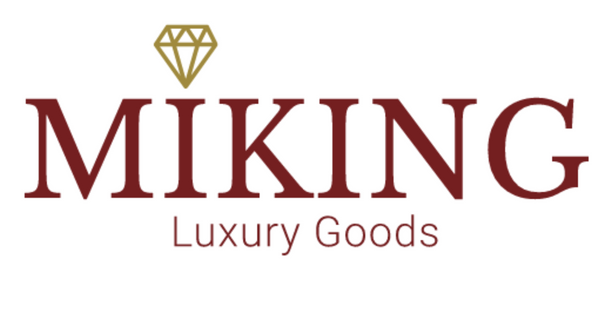
Navigating the Regulations of the Loose Diamonds Industry
MIKING LLCShare
The allure of a diamond, with its timeless beauty and enduring value, has made it one of the most sought-after gemstones in the world. However, the loose diamonds industry has complexities, and regulations are crucial in ensuring its integrity and fairness. In this blog, we'll explore the fundamental rules that govern the loose diamonds industry.
Understanding the Basics
Before delving into regulations, it's essential to understand what loose diamonds are. Loose diamonds are unmounted, polished diamonds not set into jewelry. They are typically sold to manufacturers, wholesalers, and retailers who use them to create exquisite jewelry.
Conflict Diamonds: The Kimberley Process
One of the diamond industry's most well-known and critical regulations is the Kimberley Process Certification Scheme. Established in 2003, this international initiative aims to prevent the trade in conflict diamonds or "blood diamonds" – diamonds mined in war zones and sold to finance armed conflict against governments.
Under the Kimberley Process, participating countries agree to certify that their diamond exports are conflict-free. Diamonds are sealed in tamper-resistant containers, and a certificate is provided, verifying their origin. This process helps consumers make ethical choices when purchasing diamonds and contributes to global efforts to reduce the funding of armed conflicts through the diamond trade.
Grading and Certification
Another crucial aspect of the loose diamonds industry is grading and certification. Diamonds are assessed and graded based on the "Four Cs" – Carat weight, Cut, Color, and Clarity. These grades determine a diamond's quality and value. Regulations ensure that grading is consistent and transparent across the industry.
Prominent organizations like the Gemological Institute of America (GIA) and the International Gemological Institute (IGI) are responsible for providing certification and grading services. Their standards and methodologies are widely recognized and trusted, helping consumers make informed purchasing decisions.
Consumer Protection Laws
In many countries, consumer protection laws regulate the sale of loose diamonds and diamond jewelry. These laws require jewelers to provide accurate and transparent information to consumers, including details about a diamond's grading and certification.
Also, laws often govern warranties, returns, and disclosure of treatments or enhancements a diamond may have undergone. These regulations aim to protect consumers from fraudulent practices and ensure they receive the quality they expect.
Import and Export Regulations
The international nature of the diamond trade necessitates strict import and export regulations. Customs authorities in different countries have protocols to monitor and control the movement of diamonds across borders. This helps prevent illegal trading, tax evasion, and the activity of conflict diamonds.
Environmental Regulations
Environmental concerns are increasingly relevant in the diamond industry. Regulations are in place to ensure responsible mining practices, including environmental impact assessments and land reclamation plans. Additionally, some countries have laws that encourage using renewable energy and environmentally friendly methods in diamond mining.
Conclusion
The loose diamonds industry regulations are multifaceted and serve various purposes, from preventing the trade in conflict diamonds to protecting consumers and the environment. Understanding these regulations is crucial for anyone involved in the industry, from miners and wholesalers to retailers and consumers. By adhering to these rules and supporting ethical and transparent practices, the diamond industry can continue to shine as a symbol of beauty, luxury, and responsibility.
#mikingllc #mikingluxurygoods #diamonds #industry
